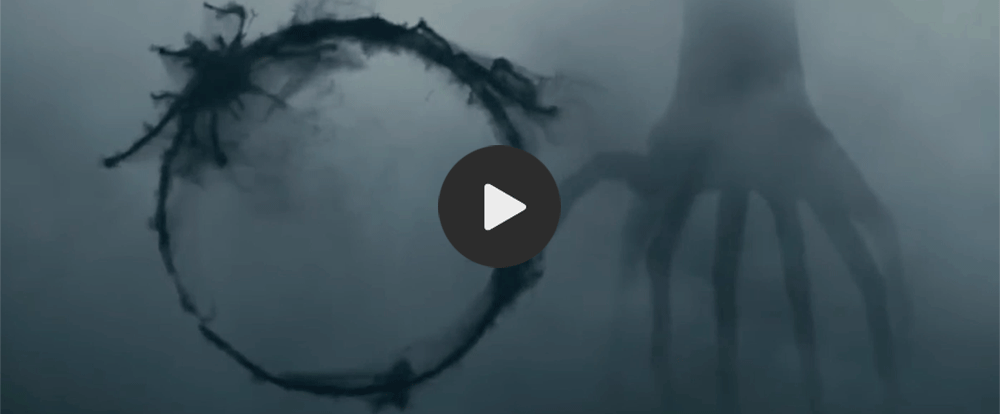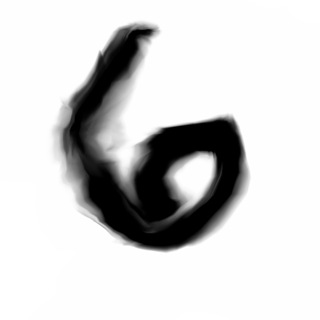Let's start in the middle:
"I have an idea as to how we can make faster progress," I said. "But you'll have to approve the use of more equipment."
"What more do you need?"
"A digital camera, and a big video screen." I showed him a drawing of the setup I imagined. "I want to try conducting the discovery procedure using writing; I'd display words on the screen, and use the camera to record the words they write. I'm hoping the heptapods will do the same."
Digital camera and a big video screen — reminds me of Zoom times and makes me happy we don’t meet each other that way. It’s actually science fiction: Story of Your Life by Ted Chiang. It’s brief and complicated. It’s visual. It’s even typographical. You might already know the plot from its film adaptation in 2016 starring Amy Adams and Forest Whitaker, Arrival. Meanwhile, our story continues.
Weber looked at the drawing dubiously. "What would be the advantage of that?"
"So far I've been proceeding the way I would with speakers of an unwritten language. Then it occurred to me that the heptapods must have writing, too."
"So?"
"If the heptapods have a mechanical way of producing writing, then their writing ought to be very regular, very consistent. That would make it easier for us to identify graphemes instead of phonemes. It's like picking out the letters in a printed sentence instead of trying to hear them when the sentence is spoken aloud."
"I take your point," he admitted. "And how would you respond to them? Show them the words they displayed to you?"
“Graphemes”? “Phonemes”? Sounds like typography to me. And in fact it is—the story proceeds as a kind of typographic detective story, but instead of whodunnit, this one’s a howdtheydoit. We find out quickly enough that the Heptapods do indeed have a writing system and they also have a spoken language. Here’s a scene from early in the film version when Dr. Louise Banks (Amy Adams) first witnesses the strange handwriting:

She also records their extraterrestrial voices, and deduces a way to proceed based on a correlation between the two.
"Basically. And if they put spaces between words, any sentences we write would be a lot more intelligible than any spoken sentence we might splice together from recordings."
He leaned back in his chair. "You know we want to show as little of our technology as possible."
Surely.
"I understand, but we're using machines as intermediaries already. If we can get them to use writing, I believe progress will go much faster than if we're restricted to the sound spectrographs."
The colonel turned to Gary. "Your opinion?"
"It sounds like a good idea to me. I'm curious whether the heptapods might have difficulty reading our monitors. Their looking glasses are based on a completely different technology than our video screens. As far as we can tell, they don't use pixels or scan lines, and they don't refresh on a frame-by-frame basis."
This is an imaginary, or anyway, *conjured* set of digits produced by harnessing a neural network to a large database of handwritten numbers.

The glyphs above were never written, but rather they’ve been inferred by a computer program trained to the task. This is also typography. It is also almost science-fiction, though of course its already ready now. Some of you may even know how to do it. You can read a bit more about this project here. And meanwhile, back to the story.
"You think the scan lines on our video screens might render them unreadable to the heptapods?"
"It's possible," said Gary. "We'll just have to try it and see."
September 11, 2023
Arrival
Arrival
Readings
Resources
Prediction-Tenselesness-and-What-It-Takes-to-be-a-Verb.pdf (Jessica Coon)
Exercise